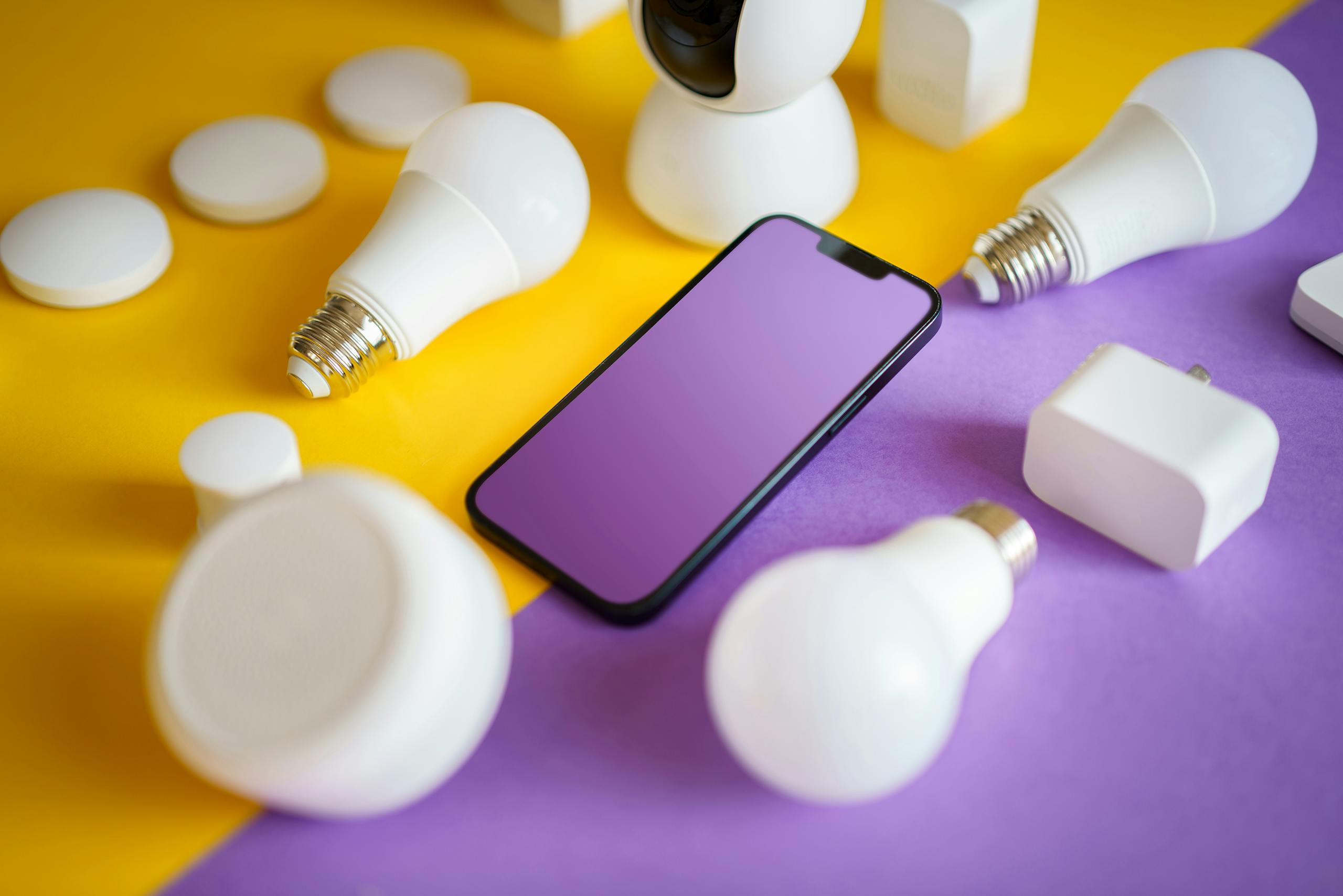
The Intersection of AI and IoT: Smart Homes and Cities
The rapid advancement of technology has led to the convergence of Artificial Intelligence (AI) and the Internet of Things (IoT), giving rise to smarter homes and cities. This intersection is not only revolutionizing the way we live but also creating more sustainable and efficient urban environments. In this blog post, we will explore how AI and IoT are transforming smart homes and cities, delve into real-life applications, and discuss future trends.
Understanding AI and IoT
Artificial Intelligence (AI) refers to the simulation of human intelligence in machines that are programmed to think and learn like humans. It encompasses various technologies such as machine learning, natural language processing, and computer vision.
Internet of Things (IoT) is a network of interconnected devices that communicate with each other and exchange data. These devices can range from household appliances to industrial machinery, all equipped with sensors and software to collect and share information.
How AI and IoT are Transforming Smart Homes
Enhanced Security
AI-powered IoT devices like smart cameras and doorbells are enhancing home security. These devices use facial recognition and motion detection to identify intruders, sending real-time alerts to homeowners. According to Statista, the global smart home security market is expected to reach $74 billion by 2025.
Energy Efficiency
Smart thermostats and lighting systems use AI algorithms to learn homeowners’ preferences and optimize energy consumption. For instance, the Nest Learning Thermostat can reduce heating and cooling costs by up to 15%, contributing to both cost savings and environmental sustainability.
Convenience and Automation
From voice-activated assistants like Amazon Alexa to smart appliances, AI and IoT are making everyday tasks more convenient. You can control your entire home environment, including lighting, heating, and entertainment systems, through a single app or voice command. This level of automation is transforming the living experience.
Impact on Smart Cities
Traffic Management
AI and IoT are revolutionizing urban traffic management. Smart traffic lights and sensors collect real-time data to optimize traffic flow, reducing congestion and emissions. According to Grand View Research, the smart traffic management market is projected to reach $11.9 billion by 2025.
Waste Management
Smart waste management systems use IoT sensors to monitor trash levels in bins and optimize collection routes. This not only reduces operational costs but also minimizes the environmental impact. For example, cities like Helsinki and Singapore have implemented smart waste management solutions to improve efficiency.
Public Safety
AI-powered surveillance systems and IoT-enabled emergency response mechanisms are enhancing public safety in cities. These systems can detect unusual activities, predict potential incidents, and provide real-time data to first responders. This proactive approach is crucial for ensuring the safety and well-being of urban populations.
Future Trends and Opportunities
Integration with 5G
The deployment of 5G networks will significantly enhance the capabilities of AI and IoT in smart homes and cities. With faster data transfer speeds and lower latency, 5G will enable more reliable and efficient communication between devices, paving the way for new applications and innovations.
Edge Computing
Edge computing involves processing data closer to the source, reducing latency and bandwidth usage. This technology is particularly beneficial for IoT devices that require real-time processing, such as autonomous vehicles and industrial automation systems. The integration of edge computing with AI will further enhance the performance and reliability of smart systems.
Increased Adoption of AIoT
The convergence of AI and IoT, known as AIoT, is gaining traction across various industries. AIoT applications range from predictive maintenance in manufacturing to personalized healthcare solutions. As this trend continues, we can expect more innovative and intelligent solutions that improve efficiency, safety, and quality of life.
Actionable Tips for Implementing AI and IoT in Smart Homes and Cities
Conduct a Needs Assessment
Before implementing AI and IoT solutions, it’s essential to conduct a thorough needs assessment. Identify the specific challenges and opportunities in your home or city and determine how these technologies can address them. This will help you prioritize investments and ensure a higher return on investment (ROI).
Choose Scalable Solutions
Opt for scalable AI and IoT solutions that can grow with your needs. This is particularly important for cities where the population and infrastructure requirements are constantly evolving. Scalable solutions ensure long-term sustainability and cost-effectiveness.
Focus on Interoperability
Ensure that the AI and IoT devices you choose are interoperable and can seamlessly communicate with each other. This will enable a more integrated and efficient system, maximizing the benefits of these technologies. Look for solutions that adhere to industry standards and protocols.
Invest in Cybersecurity
As AI and IoT devices become more prevalent, cybersecurity risks also increase. Invest in robust cybersecurity measures to protect your data and systems from potential threats. Regularly update your devices and software, and educate users on best practices for maintaining security.
Conclusion
The intersection of AI and IoT is transforming smart homes and cities, creating more efficient, sustainable, and convenient living environments. From enhanced security and energy efficiency in homes to improved traffic management and public safety in cities, the applications of these technologies are vast and varied. By staying informed about the latest trends and implementing best practices, we can harness the full potential of AI and IoT to build a smarter future.
Are you ready to embrace the future of smart living? Start by exploring the AI and IoT solutions available today and take the first step towards creating a smarter, more connected environment.
